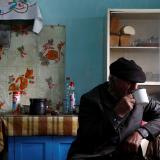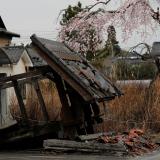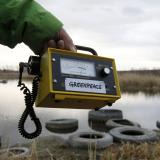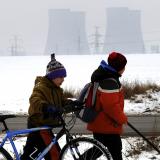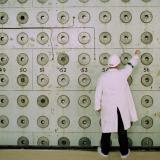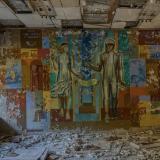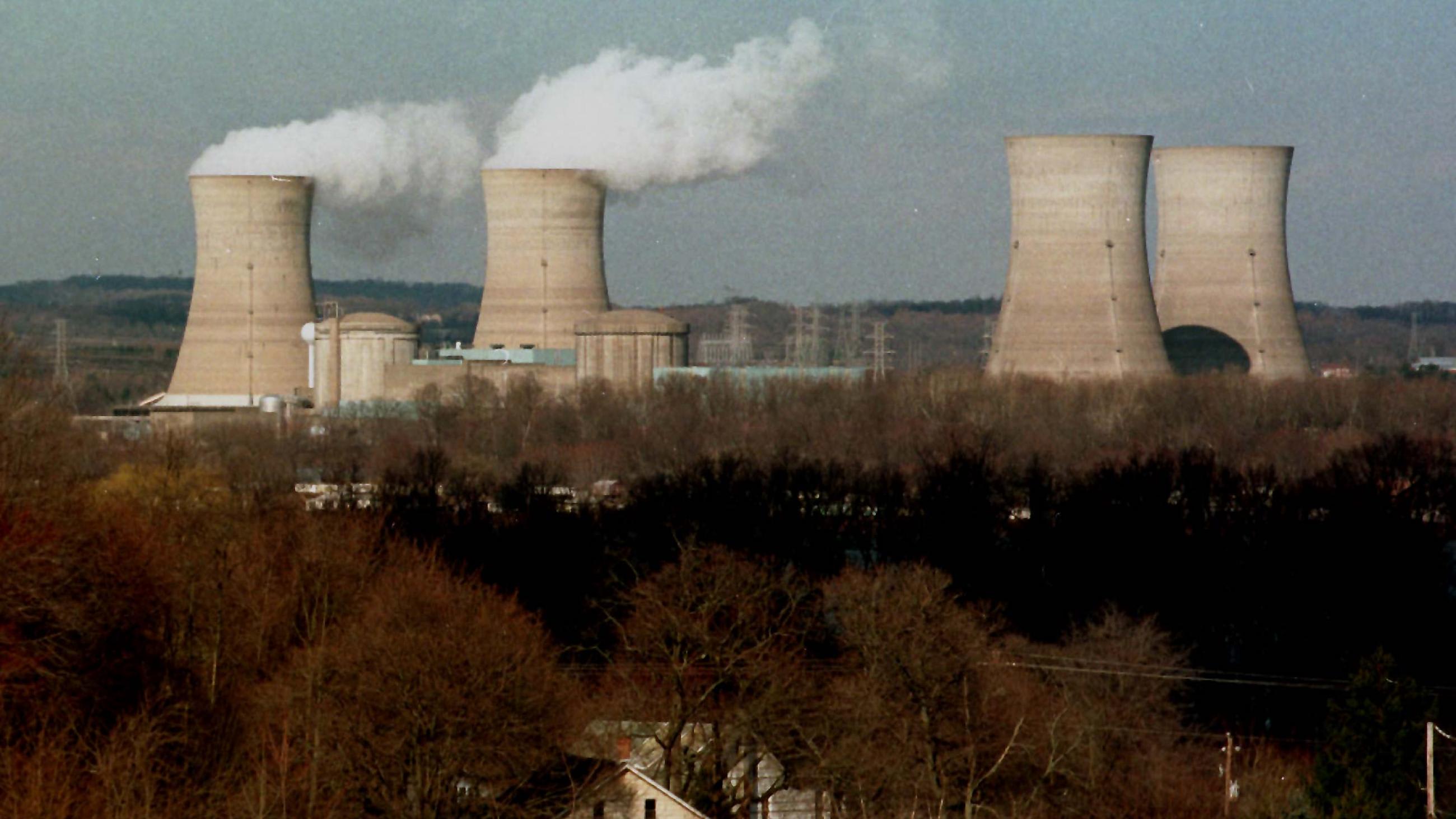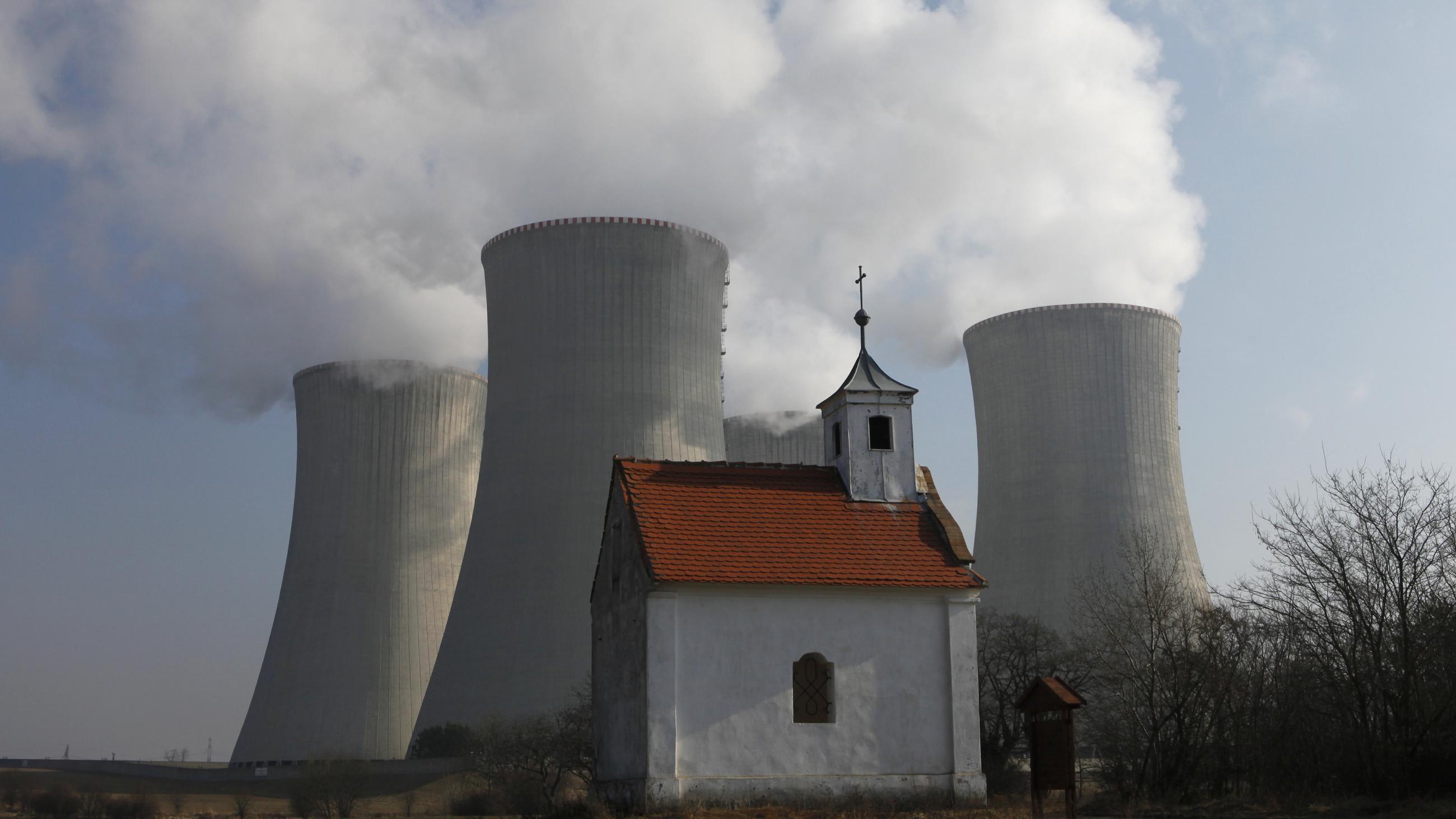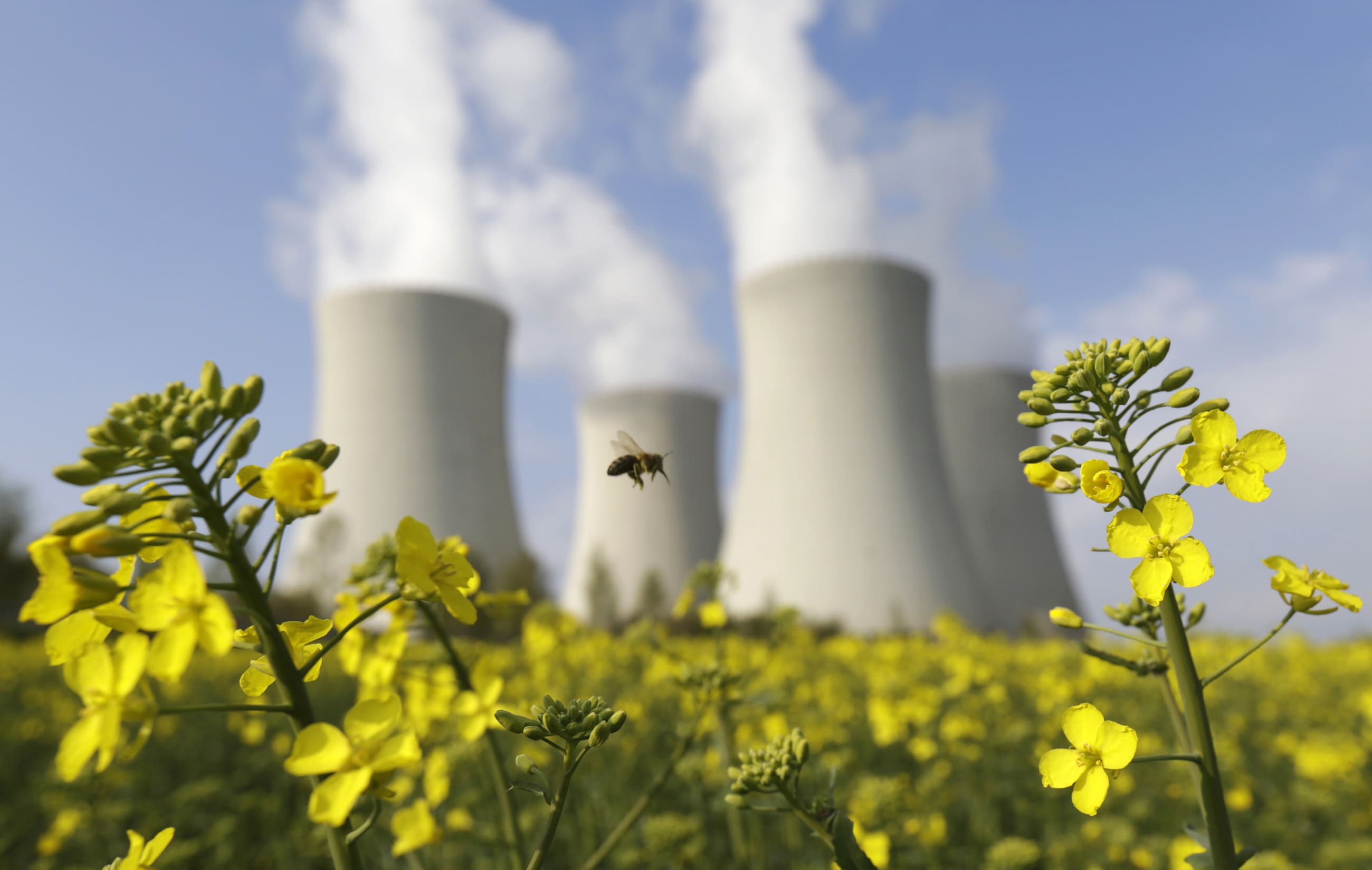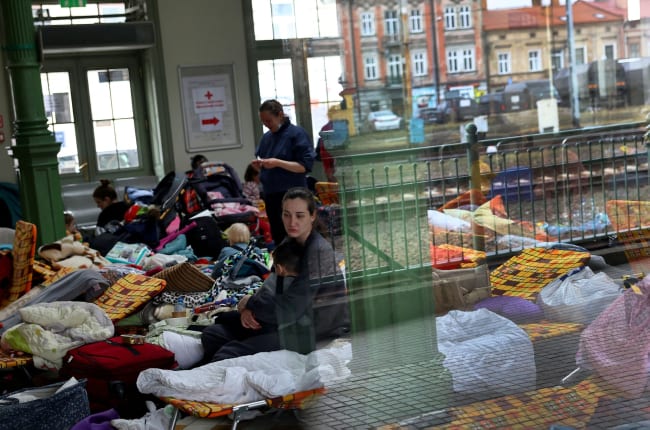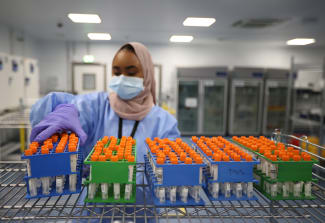An international team of nuclear experts from the International Atomic Energy Agency (IAEA) arrived at Ukraine's Zaporizhzhia nuclear power plant today. Their drive took them through an active war zone and across the line of control to Europe's largest nuclear plant, which, since March 4, has been occupied by Russian soldiers. The team's mission is to assess the safety of the plant, which has endured near-constant shelling in the course of the war and risks releasing dangerous radioactive material into the surrounding areas.
Since 1957, there have been 33 recorded accidents and radiation leaks from nuclear power plants, some of which have been relatively minor, while others have left lasting scars. The 1957 Mayak disaster and the 1986 Chernobyl disaster turned their communities into radioactive no-man's-lands. Other plants, such as in Paks, Hungary, have successfully contained accidents and continue to supply their countries with energy.
Disasters such as Chernobyl and Fukushimi Daiichi have left countries like Germany wondering what role, if any, nuclear energy should play in their energy portfolios. But as the world grapples with a climate crisis, some studies suggest that even with the risks, nuclear energy is less damaging to health than fossil fuels.
While the war in Ukraine rages on, the fate of the Zaporizhzhia plant hangs in the balance. Here's what previous radiological accidents can tell us about the costs of a potential meltdown in Zaporizhzhia.
